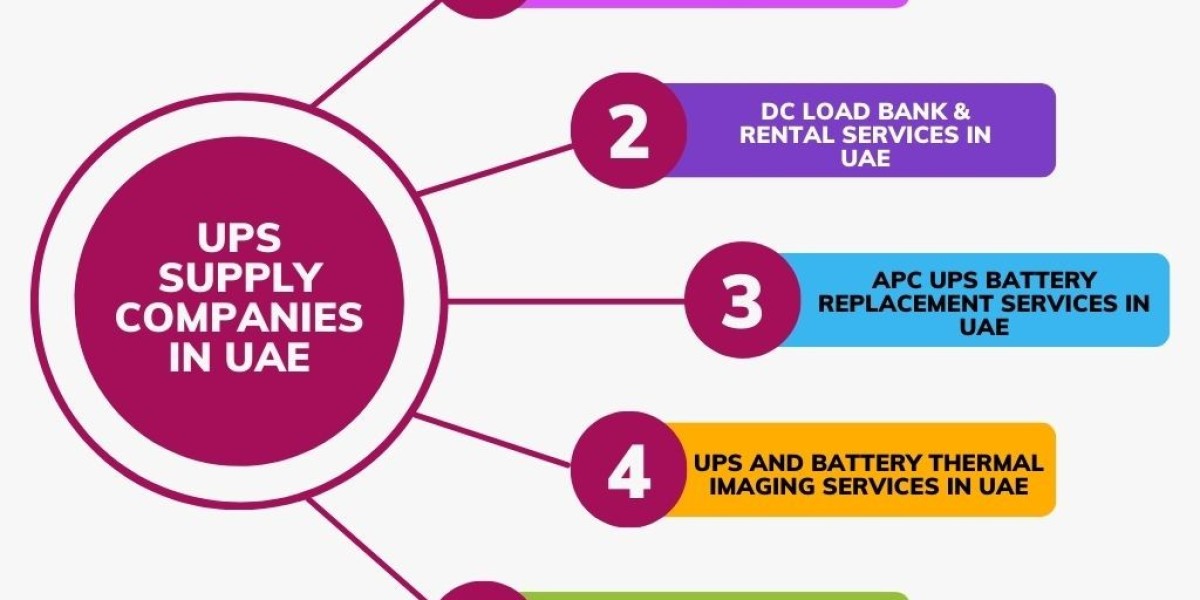In the ever-evolving landscape of sales and marketing, generating and managing leads effectively is paramount to achieving business success. Leads are potential customers or clients who have shown an interest in your products or services. Understanding how to capture, nurture, and convert these leads is essential for driving growth and maintaining a competitive edge.
What Are Leads?
In simple terms, a lead is any individual or organization that has shown interest in what your company offers. Leads come in various forms, including:
Marketing Leads: These are individuals who have engaged with your marketing efforts, such as signing up for a newsletter or downloading a whitepaper.
Sales Leads: Potential customers who have been identified by your sales team as prospects for your product or service.
Qualified Leads: Leads that meet certain criteria and have a higher probability of becoming paying customers.
The Lead Generation Process
Generating leads is the first step in building a robust sales pipeline. Here’s how you can effectively generate leads:
Identify Your Target Audience: Understanding who your ideal customers are is crucial. Create detailed buyer personas that include demographic information, interests, pain points, and purchasing behavior.
Utilize Multiple Channels: Effective lead generation requires leveraging various channels to reach your target audience. These can include content marketing (blogs, ebooks), social media, email marketing, search engine optimization (SEO), and pay-per-click (PPC) advertising.
Offer Value: Attracting leads often involves offering something of value in exchange for their contact information. This could be a free trial, a valuable resource, or a special discount.
Implement Lead Capture Forms: Use forms on your website and landing pages to collect lead information. Ensure these forms are user-friendly and only ask for essential information to avoid deterring potential leads.
Qualifying Leads
Not all leads are created equal. Lead qualification is a process that helps determine which leads are most likely to convert into customers. There are several methods to qualify leads:
BANT (Budget, Authority, Need, Timing): Assess if the lead has the budget for your product, the authority to make purchasing decisions, a need for your product, and if they are in the right stage of their buying cycle.
Lead Scoring: Assign numerical values to leads based on their behavior and characteristics. This helps prioritize leads who are more likely to make a purchase.
CRM Systems: Customer Relationship Management (CRM) systems can help track lead interactions and provide insights into their qualification status.
Nurturing Leads
Lead nurturing is about building relationships with potential customers through targeted communication and engagement. Effective lead nurturing involves:
Personalized Communication: Tailor your messages based on the lead’s interests and behaviors. Use personalized emails, relevant content, and targeted offers to keep leads engaged.
Educational Content: Provide valuable content that educates leads about your products or industry. This helps establish your company as an authority and builds trust with potential customers.
Follow-Up Strategies: Develop a structured follow-up plan that includes timely communication through various channels. Consistent follow-ups can help move leads through the sales funnel.
Automation: Use marketing automation tools to streamline lead nurturing processes. Automation can help manage tasks like sending follow-up emails, scoring leads, and segmenting your audience.
Converting Leads into Customers
The ultimate goal of lead management is to convert leads into paying customers. Here’s how to enhance your conversion strategy:
Sales and Marketing Alignment: Ensure that your sales and marketing teams are aligned in their approach to lead management. Clear communication and collaboration between these teams can lead to better lead conversion rates.
Effective Sales Techniques: Train your sales team in effective sales techniques, including consultative selling and handling objections. A well-prepared sales team can significantly increase conversion rates.
Streamlined Processes: Make the buying process as seamless as possible. Simplify your sales process, provide clear information, and eliminate any obstacles that might hinder a lead’s decision-making.
Customer Feedback: Gather feedback from converted customers to understand what worked well and identify areas for improvement. This can help refine your lead management strategies and enhance future conversions.
Measuring Lead Success
To continuously improve your lead management efforts, it’s essential to measure and analyze your results. Key metrics to track include:
Lead Conversion Rate: The percentage of leads that ultimately become customers. This helps assess the effectiveness of your lead nurturing and sales processes.
Cost per Lead: The cost associated with acquiring each lead. Understanding this metric can help optimize your marketing budget and strategies.
Lead Source Performance: Analyze which lead generation channels are most effective. This allows you to allocate resources to the channels that yield the best results.
Sales Cycle Length: The time it takes for a lead to convert into a customer. Shortening the sales cycle can improve efficiency and boost revenue.
Conclusion
Mastering leads is a critical component of a successful sales and marketing strategy. By focusing on effective lead generation, qualification, nurturing, and conversion, businesses can build a strong pipeline of potential customers and drive sustainable growth. Regularly measuring and optimizing lead management efforts will ensure continued success in a competitive marketplace.
In today’s fast-paced business environment, staying ahead requires a keen understanding of lead dynamics and a commitment to continuously improving your lead management practices. Embrace these strategies, and watch as your business transforms leads into loyal customers.








